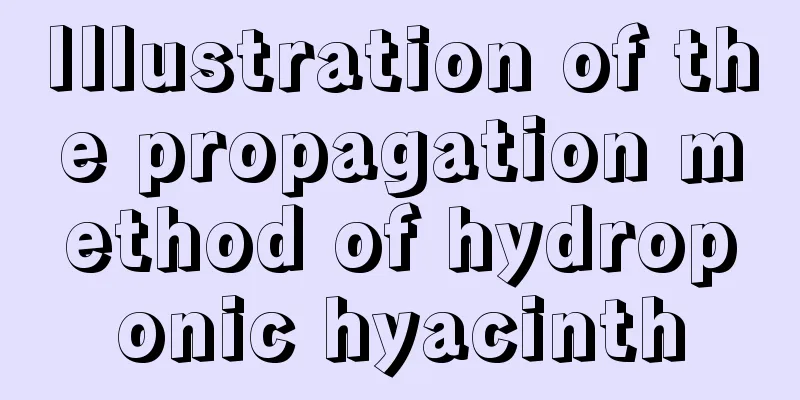How to plant Calceolaria seeds

Preparation before sowing calendula seedsThe substrate should be a mixture of leaf mold and fine sand in a ratio of about 4:1. After passing it through a fine sieve, place it in a shallow sowing box. First put charcoal slag or coarse sand at the bottom of the box, about 2 cm thick, then put coarse slag about 2 cm thick, and finally cover the top with fine soil, about 2-3 cm thick. After leveling, the soil should be disinfected by pouring 800 times of 50% phoxim emulsifiable concentrate mixed with 1000 times of 50% carbendazim wettable powder into the soil. Or you can stir-fry the culture soil, coarse sand, etc. separately for disinfection. How to sow the seeds of CalceolariaAfter disinfection, rinse off the residual medicine with clean water and pour in 0.1% potassium dihydrogen phosphate solution. Sowing is generally done by broadcasting. Since the seeds of Calceolaria are very small, they should not be sown too densely, otherwise it will be detrimental to seedling growth. Mix the seeds with a small amount of fine soil or fine sand and spread them evenly into the seed box. Be careful not to cover the seeds too thickly, but it is also okay not to cover them with soil. After sowing, cover with glass or a layer of film to keep moisture, and place the sowing box in a well-ventilated shade shed. When the seedlings grow 2-3 leaves, they can be transplanted and placed in a shaded place to slow down the growth. They will begin to grow normally in about a week. Precautions after sowing calendulaVentilation and shading should be provided during the growing period. In winter, you should also pay attention to avoid sunburn. You can spray a small amount of water on the leaves every day. Generally, decomposed fertilizer can be applied 1-2 times a week before flowering and during the growing period. When flower buds are forming, apply more phosphorus fertilizer. If leaves shrink or stems become elongated, stop fertilizing immediately. When the leaves turn yellow, potassium dihydrogen phosphate can be applied. Be careful not to spill liquid fertilizer on the leaf surface to avoid burning the tender leaves. During the flowering period, water needs to be strictly controlled and the soil in the pot should not be too wet. When the flower stems are pulled out, they are often vulnerable to aphids. At this time, you can spray 40% 1500 times dimethoate emulsion for prevention and control. |
<<: How to fertilize aloe vera
>>: Flowering Period and Regulation of Begonia sempervivum
Recommend
How to grow camellia
1. Breeding methods 1. Water: When the camellia s...
Cultivation methods and precautions of blue star flowers
How to grow blue star flowers Light and temperatu...
The efficacy and function of Lithospermum officinale
1. Antibacterial and antiviral Lithospermum offic...
Can durian seeds be planted?
Can durian seeds be planted? Durian seeds can be ...
What is calcium vegetable?
What is calcium vegetable? Calcium vegetable is a...
Lithops Varieties
1. How many varieties are there? Lithops is a com...
What should I pay attention to when I just cut the Schefflera arborvitae (cutting method and maintenance precautions)
Why is it easy for black stems to appear in cutti...
How to grow sunflower
1. Astigmatism environment It likes to grow in a ...
Why lilies don't bloom, what to do if they don't bloom
1. The bulb is too small Reason: The size of the ...
It is better to water Anthurium every few days
How often should I water the anthurium? When cari...
The correct way to fertilize watermelon
The quality and yield of watermelon are affected ...
Red Rose Flower Meaning
1. Flower Language Red rose is the most common va...
What to do if boxwood leaves turn yellow
1. The temperature is too low Reason: If we do no...
The growing environment and local conditions of Pu'er tea
Pu'er tea growing environment and conditions ...
What are the hazards of continuous cropping of vegetable crops (what crops cannot be cropped continuously)
The harm of continuous cropping Continuous croppi...









